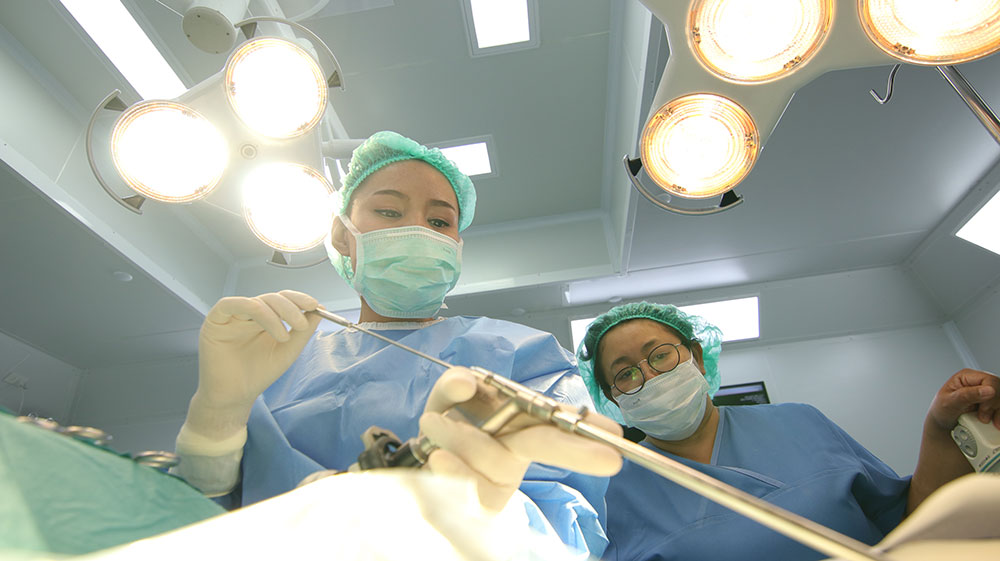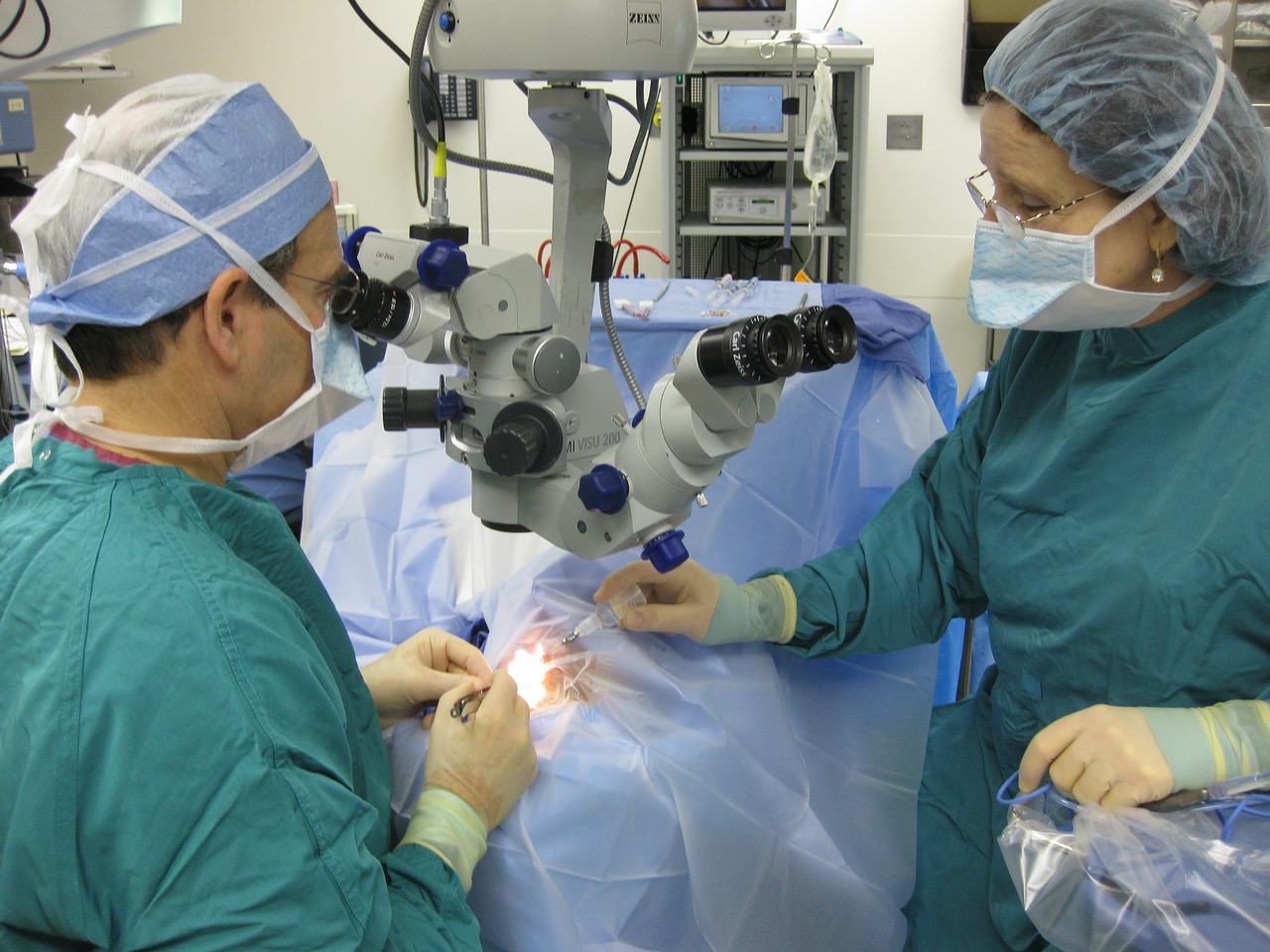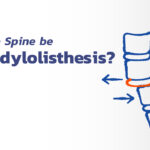Same treatment procedure, different surgical instrument
In the past, surgical invention for spine was done with a large incision, whereby, the surgeon would pull the muscle aside due to the limited visibility into the surgical area. This traditional procedure causes damage to the tissue and muscles around the affected area, so it needs longer recovery time and increases the risk of other infections. Therefore, the utilization of microscopic surgical technique enhances the visibility of the surgical area, resulting in a small incision, but it also requires specialized surgeon.

At this point, many of you would have a lot of questions regarding the different types of endoscopic surgery, and here are some answers.
Pain related to the spine, such as, herniated disc that you feel the numbness on your arms or legs and sometimes the pain could cause you some trouble when it gets intense. Some patients suffering pain might have looked for information about the treatment or they might have received different kinds of treatment before, but when it comes to surgery, they may find that Minimally Invasive Surgery is effective and safe. However, Minimally Invasive Surgery requires an expertise of the surgeon and specialized instruments.
Microscope
Microscope is an instrument that magnifies the surgical area by 20 to 100 times, which allows the surgeon to visualize more clearly, but the size of an incision to insert it is smaller, only 3 to 5 centimeters, and safer compared to the traditional surgery, which has a higher risk and needs bigger incision.
Traditional surgical procedures need open manipulation of the muscles and tissue as well as removing some parts of the spine in order to access the depressed nerve, requiring the patients to stay 3 to 4 days at the hospital.

Micro-endoscope
Micro-endoscope is the developed version that aim to reduce the trauma by decreasing the size of an incision to around 2 centimeters. The surgeon inserts the tube inside near the affected area and looks through a microscope. This technique offers better performance and reduces the damage on the muscles and soft tissues, leading to better recovery.
The two surgical techniques mentioned above contain the limitation of the surgeon looking through a microscope and it intrigued the surgeon to question whether it would be better if they could put their eyes inside the patient’s body. For this reason, the Endoscope was developed to provide the more effective treatment.

Endoscope
Endoscope is a small tube-shaped retractor around 5 millimeters in diameter, and it contains a small light to illuminate the area and the camera at the end of the tube. The endoscope also has a channel for inserting surgical tools, such as, LASER to facilitate the operation. An incision to insert the tube is as small as the size of the instrument, and therefore, lessens the possibility of infection and trauma. The recovery process is fast and the patient can discharged from the hospital only 24 hours after the surgery.
The types of Endoscope are
PELD (Percutaneous Endoscopic Lumbar Discectomy)
Percutaneous Endoscopic Lumbar Discectomy is currently in use to treat the patients. However, high proficiency and experience of the surgeon in necessary to get the best treatment outcome and less complications.
PSLD (Percutaneous Stenoscopic Lumbar Decompression)
Percutaneous Stenoscopic Lumbar Decompression is not widely use in Thailand due to the lack of expert surgeons. Therefore, it is important for the surgeon to gain knowledge and develop proficiency in order to keep up with the advanced technology. The best treatment is to prevent yourself from an illness. Nonetheless, if you cannot avoid an illness, right diagnosis and right treatment by a specialist doctor would be the best solution for the patient. Hence, good information allows the patient to make the right decision in finding the right treatment.
At S Spine and Nerve Hospital, specialized hospital for spine and nervous system, we provide the best treatments to our patients.









